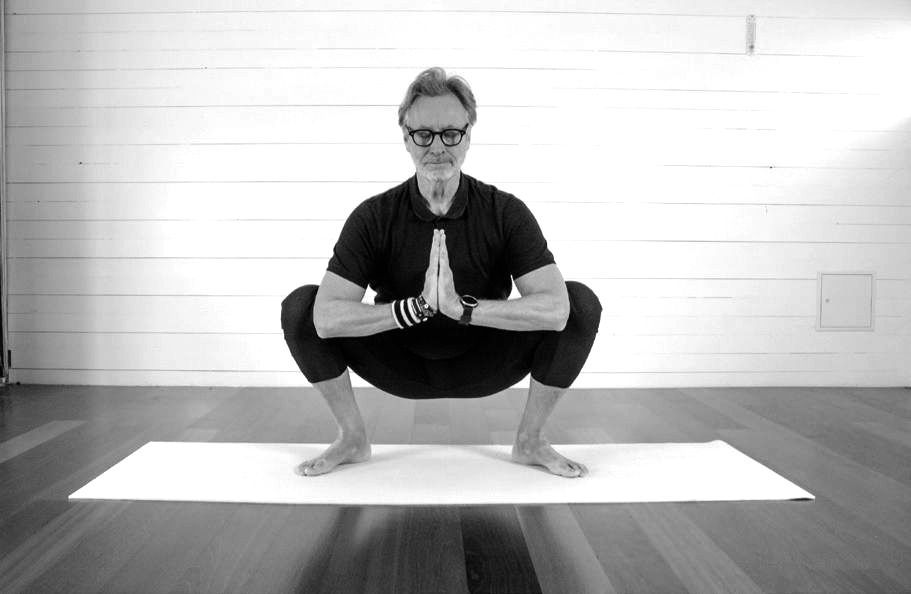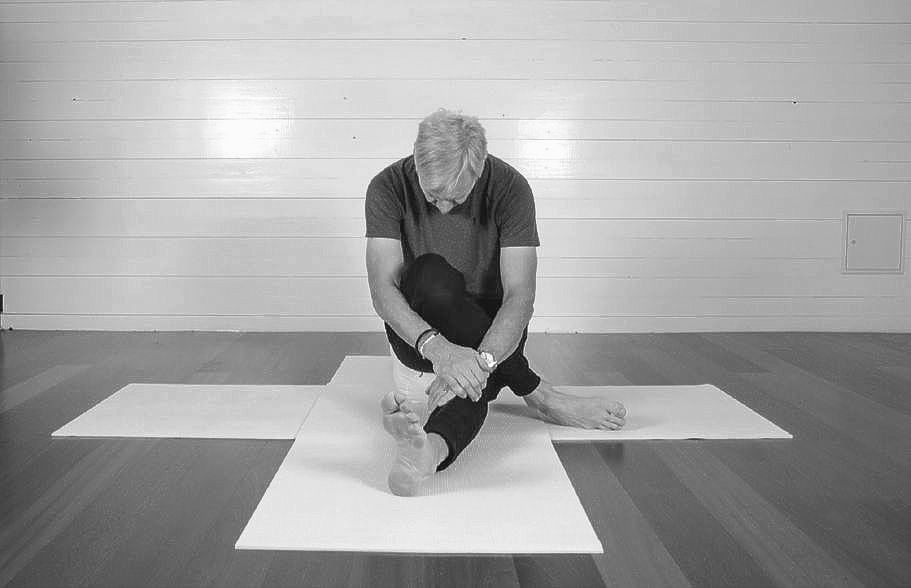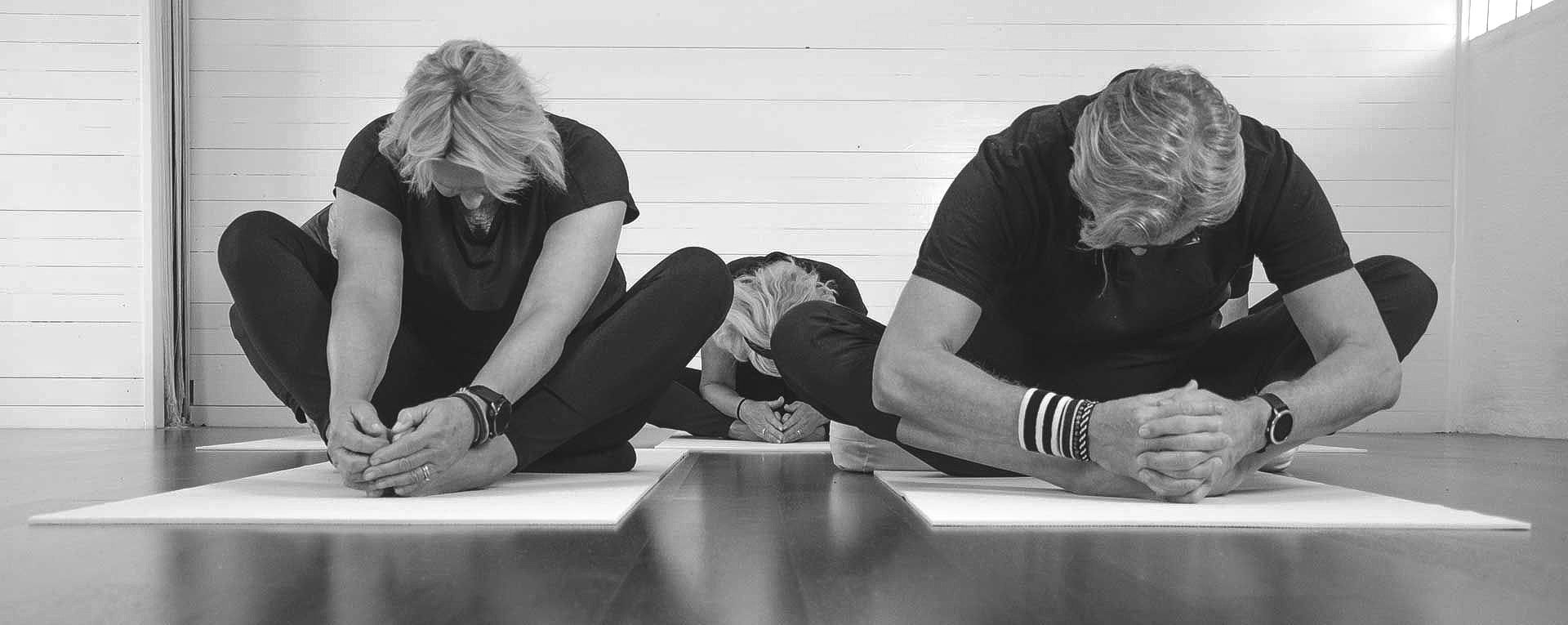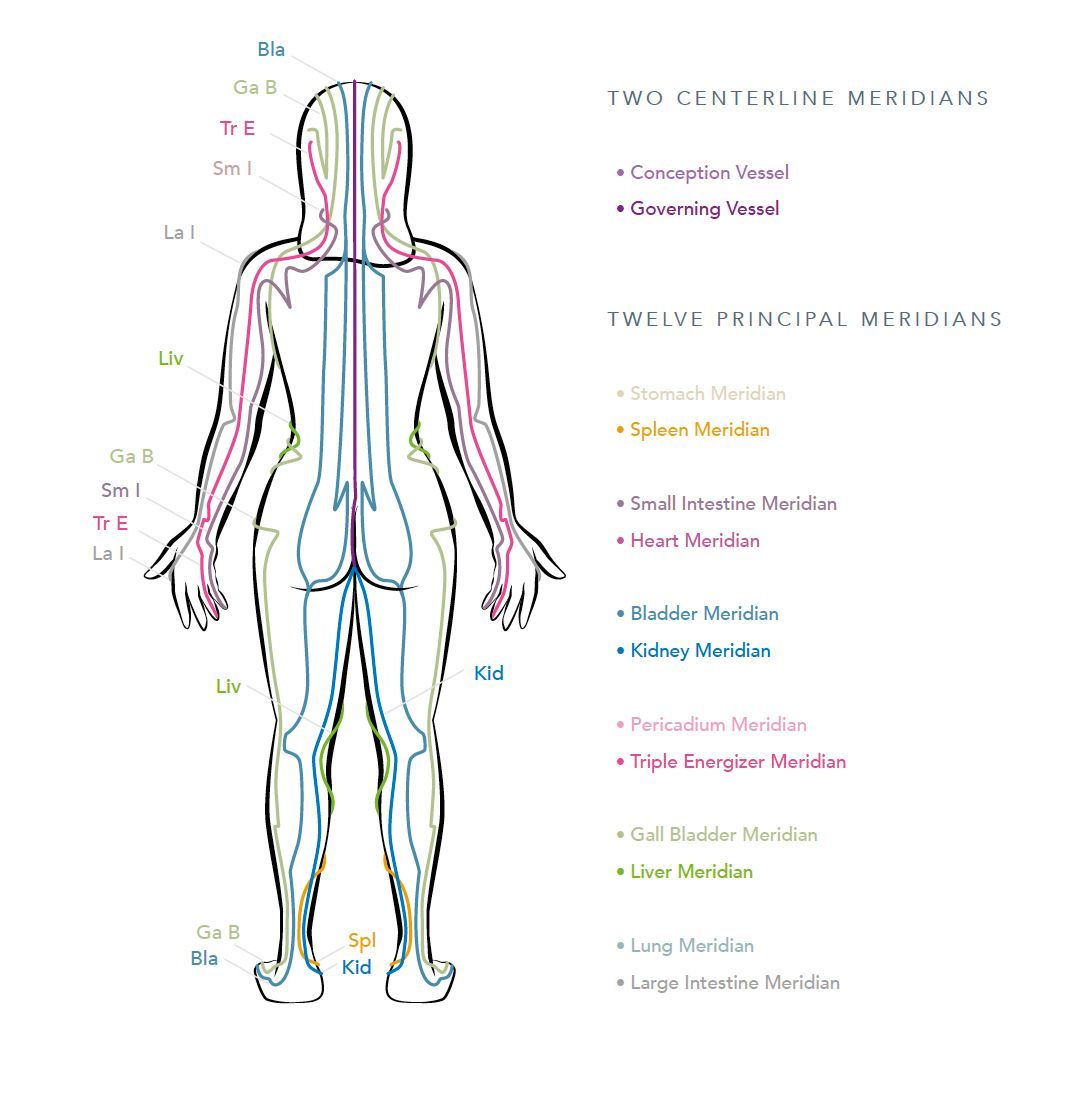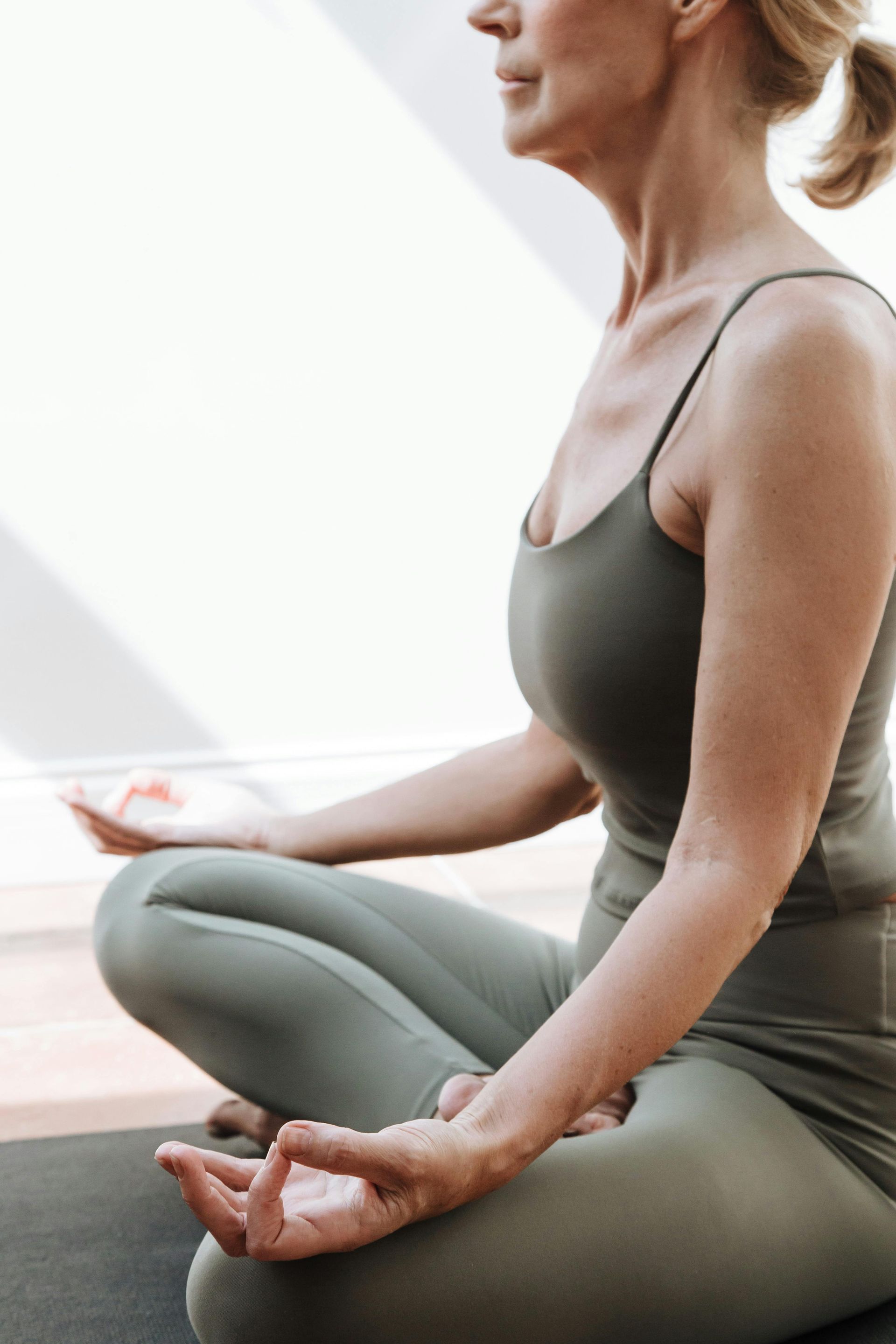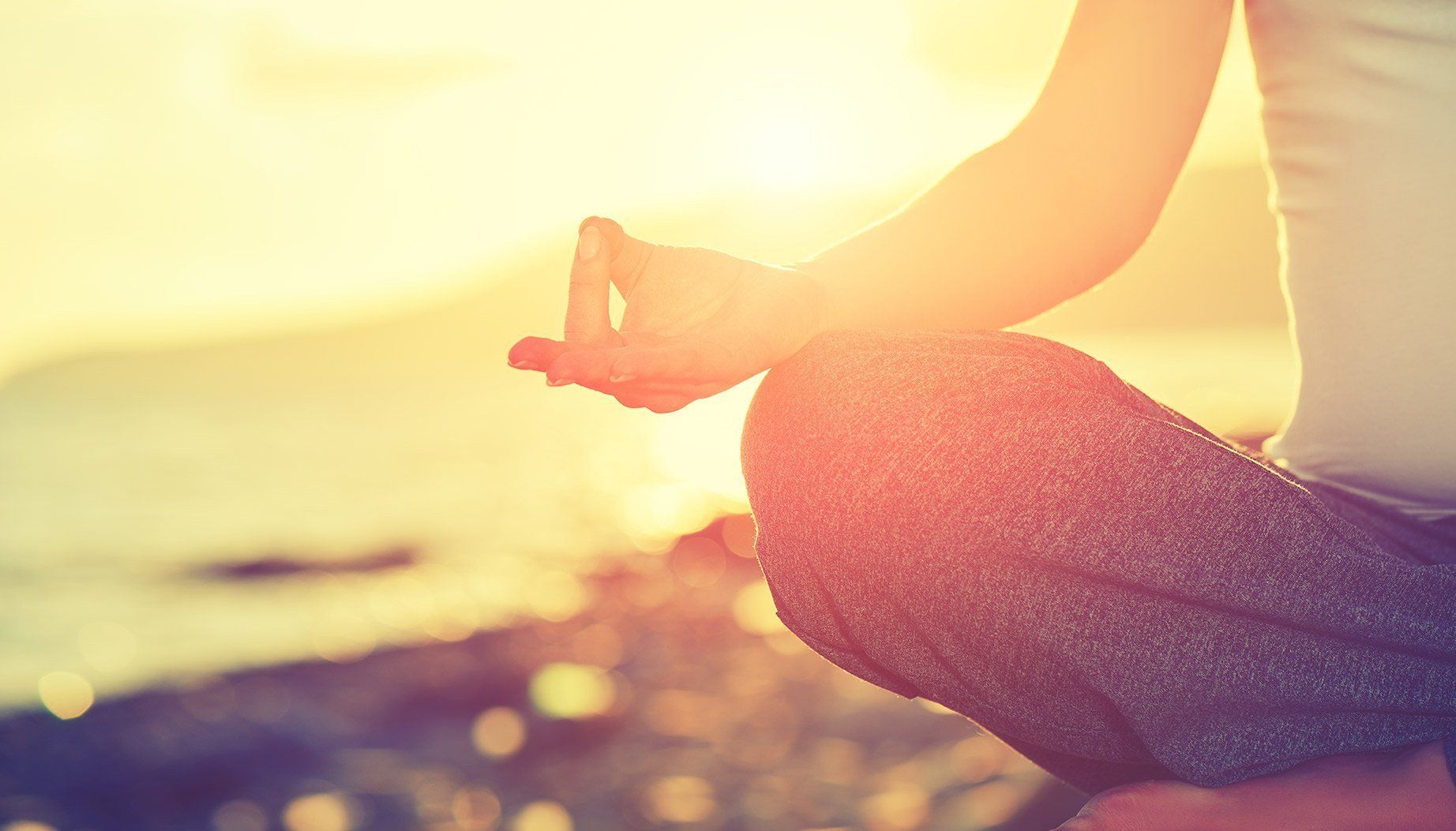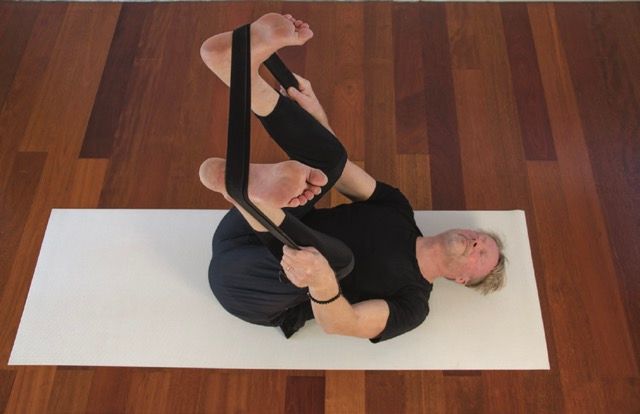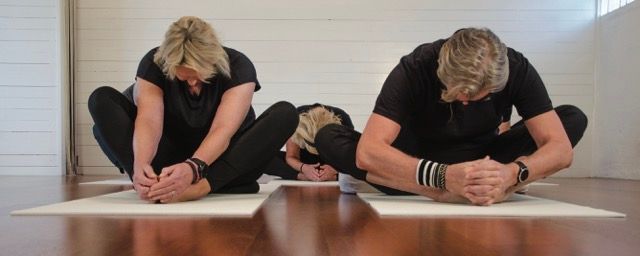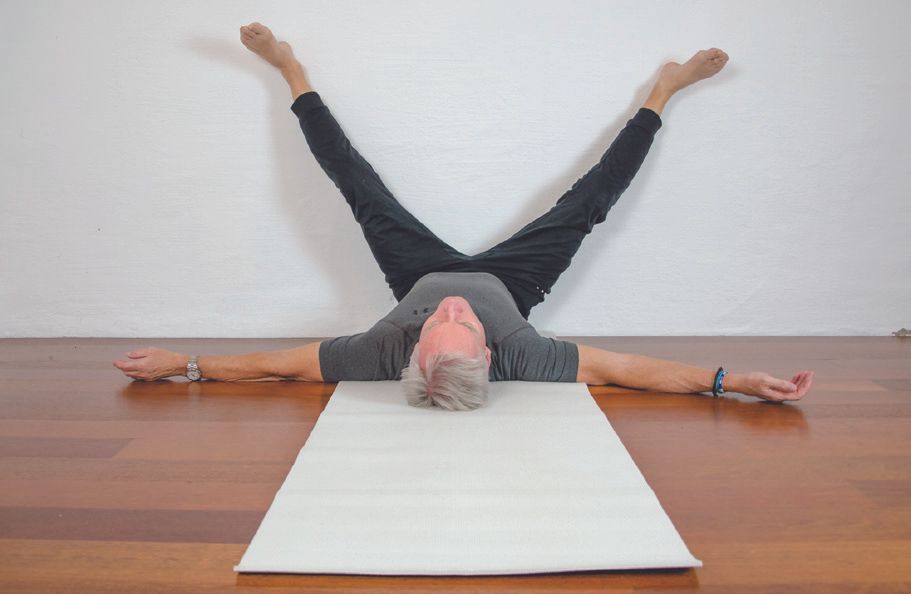Yin yoga and Chinese medicine – the way to good holistic health
If you’ve ever tried yin yoga, you’ll know all about the fantastic benefits you’ll feel from it: Holding stretches for longer helps increase your range of motion, reducing pain and inflammation. Breathing in a controlled way stimulates your parasympathetic nervous system, helping lower our heart rates, relax our muscles, and lower our blood pressure.
So far, nothing but good. But can it be better?
Just add Traditional Chinese Medicine?
Traditional Chinese Medicine (TCM) has been around for thousands of years, and offers a holistic approach to health, contrary to the western approach, which is more about treating conditions with drugs, or even replacing joints and organs.
According to TCM, Qi or Chi (think Qigong, Tai Chi) is a life force, energy that runs through everything, including our physical bodies. Practitioners believe that when our Qi is out of balance, we suffer both mentally and physically. One way to put back that balance and improve the flow of Qi is yin yoga.
So what are the health benefits?
If we look at the yin yoga-TCM combo, when a person is in various yin yoga poses they are freeing up the flow of Qi through their meridian lines – the channels of energy that flow through our bodies. This is done by acupressure – acupuncture without the needles.
As an example, When you do the Sphinx and/or Seal pose you stimulate the Kidney, Bladder, Stomach and Spleen meridians. TCM suggests the health benefits are these:
| Meridian | Physical benefit | Mental benefit |
| Spleen | Aids with digestion and transforms food into energy. | Promotes thought and concentration. Relieves fatigue. |
| Stomach | Removes nutrients and passes them downwards. Reversing blockages relieves abdominal pain and reflux disorder. | Helps us feel happy and fulfilled when the stomach is in balance. |
| Kidney | Filters waste from our bodies, supports fight or flight reactions as well as sexual and reproductive functions | A balanced kidney helps us feel safe and secure, gives us energy, enthusiasm, and drive. |
| Bladder | Activates the parasympathetic nervous system (rest and digest). When balanced it relieves pressure on your back and even sciatic pain. | We feel more serene, relaxed and patient when the bladder is balanced. |
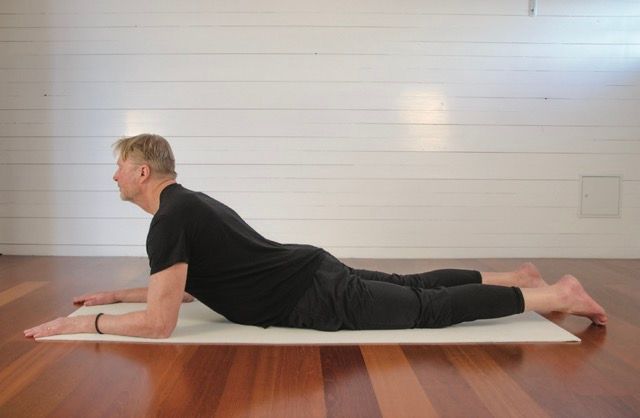
TCM – believe it? Or not?
As mentioned above, the great thing about this traditional form of medicine is that it takes a holistic view of the person, thinking about inward causes of outward signs that something is not right. But does it hold up against modern medical science?
Seoul University says yes
On the plus side, researchers at Seoul National University in Korea think they have found the existence of meridians, which they call the “primo-vascular system,” a part of the vascular system. They discovered that meridian lines are not confined to the skin, but are a duct system where liquid flows, and that this liquid forms stem cells(1). This has of course been taken as proof by proponents of TCM and acupuncture.
Most other research says no
Studies both before and after suggest there is no verifiable evidence that Qi exists and that problematic or unverified or misleading claims regarding TCM can be problematic(2) .
And that if we take acupuncture, that stimulates the meridian lines, there are claims it can treat everything from cancer, stroke, Parkinson’s, asthma, heart disease and even autism.
Other recent studies suggest that acupuncture can work by electro-stimulation in legs, but not by stimulating points on stomachs. The only problem with the study? It was done on mice(3)!
Or maybe Fascia = meridians?
If the fascia network of the body is indeed the physical
substrate of the meridians of TCM, there are important clini-
cal and research implications. Specifically, if evidence contin-
ues to mount in support of this view, then the fasciae should
receive greater attention in both diagnostics and treatment
[45]. An important ramification of fascial meridians is that
this view favors a more holistic approach to medicine, in
which the body’s interconnections and interactions are con-
sidered [45]. Further research resolving the neurophysiology
of perineural receptors and facial architecture should help
inform therapies for chronic pain, spasticity, and perhaps
other thus far poorly understood idiopathic conditions.
Considering fascia as
If the fascia network of the body is indeed the physical
substrate of the meridians of TCM, there are important clini-
cal and research implications. Specifically, if evidence contin-
ues to mount in support of this view, then the fasciae should
receive greater attention in both diagnostics and treatment
[45]. An important ramification of fascial meridians is that
this view favors a more holistic approach to medicine, in
which the body’s interconnections and interactions are con-
sidered [45]. Further research resolving the neurophysiology
of perineural receptors and facial architecture should help
inform therapies for chronic pain, spasticity, and perhaps
other thus far poorly understood idiopathic conditions.
Considering fascia as
If the fascia network of the body is indeed the physical
substrate of the meridians of TCM, there are important clini-
cal and research implications. Specifically, if evidence contin-
ues to mount in support of this view, then the fasciae should
receive greater attention in both diagnostics and treatment
[45]. An important ramification of fascial meridians is that
this view favors a more holistic approach to medicine, in
which the body’s interconnections and interactions are con-
sidered [45]. Further research resolving the neurophysiology
of perineural receptors and facial architecture should help
inform therapies for chronic pain, spasticity, and perhaps
other thus far poorly understood idiopathic conditions.
Considering fascia as
A study published in the national Library of Medicine(4) found evidence that acupuncture meridians and fascia were actually linked and that fascia formed part of acupuncture meridians. The study also suggests that parts of muscles, tendons, and ligaments follow the meridian lines too.
They suggest that their observations build an anatomical basis for examining TCM principles and therapies to offer a holistic approach to the diagnosis and treatment of diverse diseases.
If it works for you, great.
The jury’s out on whether TCM is an added bonus to yin yoga or a great sales pitch for people looking for alternative spiritual experiences.
But many ailments such as heart disease, high blood pressure, stomach ulcers, eczema and even some cancers are a result of stress, i.e. psychosomatic disorders(5). If you believe that TCM does aid in relieving these symptoms, you’re on to a winner.
(1) https://www.sciencedirect.com/science/article/pii/S2005290113002082
(3) https://hms.harvard.edu/news/exploring-science-acupuncture
(4) https://www.ncbi.nlm.nih.gov/pmc/articles/PMC6448339/
Paul Steele
